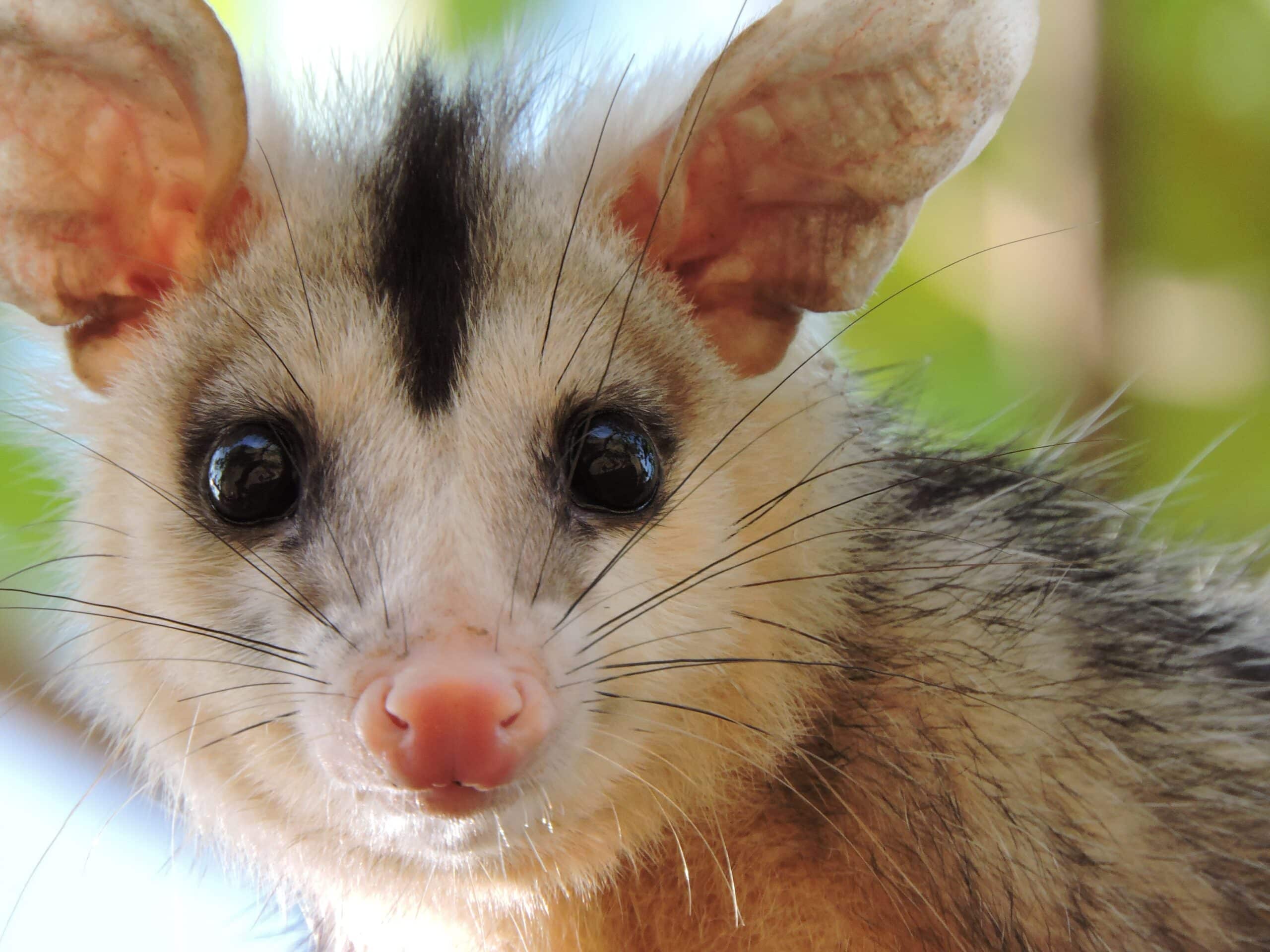
Whether looking for a cuddly teddy bear or an intelligent and graceful companion, primates can provide the perfect blend of playfulness and sophistication. From the awe-inspiring size of gorillas to the mischievous antics of monkeys, let us explore the beauty and grace of these amazing animals!
Introduction: A Glimpse Into the World of Primates
Primates are incredibly diverse and fascinating mammals, ranging from iconic gorillas and chimpanzees to smaller, more enigmatic species such as lemurs and tarsiers. They’re found in many places worldwide, in such incredible habitats as tropical rainforests and alpine meadows.
Our closest relatives have captivated us for centuries, inspiring wonder and awe due to their human-like behavior and anatomy. Despite our shared ancestry, however, primates vary significantly in terms of size, physical features, and even diet. For example, there is a vast range in brain size from the tiny marmoset to the giant gorilla—many of our closest relatives have brains larger than ours! This remarkable diversity means that scientists are continually surprised by these amazing creatures.
The beauty of primates isn’t only skin deep; they share many other traits like the ability to use tools, create complex social structures, and communicate with one another through vocalizations or body language. Studying primates can teach us much about ourselves, not just specific evolutionary milestones but also how humanity evolved behaviorally throughout history.
In addition to their scientific significance, primates serve as beloved ambassadors between humans and nature – look at Dian Fossey’s work with gorillas or Jane Goodall’s work with chimpanzees! Their charismatic personalities draw people everywhere near them – allowing us to witness firsthand how intelligent they are while being reminded of our closeness within evolutionary history. Primates can offer a glimpse into the natural world that nothing else can – all it takes is a bit of patience (and maybe some bananas).
Gorillas: An Overview
Gorillas are incredible animals, and though not as commonly known or explored as other primates, they make for fascinating studies. Beyond their close biological relationship to humans, gorillas exhibit a wide variety of behaviors that range from highly gentle and curious to arguably some of the most intimidating displays in the animal kingdom.
Gorillas are the largest living primates, weighing up to 400 pounds and standing about five feet tall on all fours. Due mainly to their size and strength, adult males are sometimes referred to as silverbacks. These impressive animals inhabit tropical jungles across Africa and exist in two distinct species—the western gorilla (Gorilla gorilla) and the eastern gorilla (Gorilla beringei). Within each species, there are two or more subspecies.
The most common type of gorilla is the western lowland gorilla (gorilla) found throughout Cameroon, Central African Republic, and Congo in Central Africa and Equatorial Guinea. The other subspecies includes a variety of sub-groups, including mountain gorillas (in Rwanda, Uganda, and Congo), western lowland gorillas (in Nigeria), eastern lowland gorillas (in the Democratic Republic of Congo), and the Cross River Gorilla (in Nigeria). In terms of numbers, western lowland gorillas vastly outnumber mountain gorillas, estimated at around 1650 individuals, roughly split between Uganda’s Bwindi Impenetrable Forest National Park and Rwanda’s adjacent Volcanoes National Park.
Gorillas live together in bands or troops that generally include multiple adult males. Still, they tend to be dominated by a single dominant male silverback who will defend his army vigorously should his authority be challenged by another silverback or an unrelated troop member. Diet primarily consists of leaves, although fruits will also contribute when available depending on seasonal growth patterns; these large primates can live for up to 40 years under normal circumstances though wild populations have suffered due to human influence such as hunting for the bushmeat trade.
Chimpanzees: A Closer Look
Chimpanzee behavior is exciting and complex. They live in large, multi-male, and multi-female groups of varying sizes ranging from 15 to 150 individuals. These groups share social interactions such as grooming, cooperation, territorial displays, and occasional aggressive exchanges.
Chimpanzees use a system of facial expressions to communicate with one another. These expressions entail opening the mouth widely, wrinkling the nose, and slapping lips together. Wild chimpanzees exhibit multiple hand gestures, such as pointing out food or beckoning in an invitation for another individual. The use of tools by these primates demonstrates their remarkable problem-solving capabilities compared to hominids living in similar Homo sapiens habitats.
Chimpanzees travel in groups that search for food during the day before eventually coming together with other troops for a night roosting area where individuals will rest safely from predators and the elements. Groups consist of younger females seeking support from older dominant females; in contrast, males often venture in different directions to scout out new territories or patrol current boundaries while establishing friendships with other males within their same troop or neighboring troops.
Within this complex hierarchy of communication, intelligence, and collective group dynamics lies a unique species that emits curiously human-like qualities — our closest relative, indeed! From general conversations between two individuals to baffling acts of solving problems through organized cooperation between multiple members, some unique characteristics are shared among our Homo sapiens offspring.
Orangutans: A Unique Species
Orangutans are the world’s largest tree-dwelling mammals and one of the most intelligent primate species. In many ways, they appear more human than other primates. They have longer arms than their legs and use their hands skillfully to build nests and manipulate tools. With an estimated population of 69,000 left in the wild, orangutans have been listed as critically endangered since 2000.
Orangutans mostly live solitary lives within a 75-mile radius, although they will sometimes meet at centers of food abundance or during mating season. Their primary diet consists of various fruits, nuts, and insect larvae found in trees which is why deforestation has been a major factor in their declining numbers. Orangutans possess advanced cognitive abilities; for example, displaying remarkable memory for health resources like medicinal plants or salt licks that can maintain adequate nutrition levels when food is scarce.
Brilliantly adapted to life in the forest canopy of tropical rainforests in Southeast Asia, these gentle giants remain threatened by human activities such as palm oil plantations and poaching. Despite their dwindling numbers, orangutans still capture our hearts with their remarkable intelligence and docile grace. Our responsibility is to protect this beautiful species before their numbers become too small to sustain a healthy population in the wild.
Gibbons: Intelligent and Agile
Gibbons, also known as lesser apes, are some of the world’s most agile and graceful primates. Despite their small size, these animals have impressive skills and quick reflexes that allow them to soar through the trees of their native forests. They can leap more than 20 feet from branch to branch, exceeding eight times their body size in a single jump!
Gibbons comes in seven species which vary widely in size and color. Most are black or dark brown; however, some species—including the siamang—have a splash or two of bright color on them. While they don’t form troops like some other primates, gibbons are highly social animals living together in monogamous pairs with one another for the majority of the time. They communicate using songs and loud staccato calls that can be heard miles away.
In addition to being impressively agile and robust climbers, they also have high levels of intelligence that enable them to solve problems found in their environment and care for their young with dramatic displays of affection – which often last until adulthood! They also learn quickly from observing other gibbons: behaviors such as tool use for producing better food sources have been passed down from generation to generation.
Unlike most primates who walk on all fours with angled wrists – giving them more excellent stability – gibbon’s wrists are nearly straight, causing them to move using an arm-swinging motion called brachiation when they climb trees or cross gaps between branches. This unique movement has been highly beneficial while navigating through the dense foliage far above the ground.
Monkeys: A Variety of Species
Monkeys are divided into two main subgroups, old-world and new-world primates. The new world primates were split up from the ancient world primates many centuries ago when species of monkeys could not travel to other continents due to enormous oceans. Generally, old-world monkeys live in parts of Africa and Asia, while new-world monkeys occupy Central and South America.
Old World Monkeys: Some well-known old-world monkey species include baboons, macaques, colobus monkeys, and guenons. These old-world monkeys can be distinguished by their rather dog-like facial features. They have close-set eyes, round noses, and downturned mouths – all giving them a distinct facial expression compared to New World Monkeys.
New World Monkeys: Types of New World primates include howler monkeys (the loudest land animal on Earth!), capuchin monkeys (which you may recognize from some of your favorite movies), spider monkeys (unbelievably agile climbers), woolly monkeys (enormous furball cuteness overload) and squirrel monkeys (with a color range that makes them especially attractive).
Both old-world and new-world monkeys share specific characteristics that differentiate them from other members of the animal kingdom, such as apes and lemurs, including a tail used for balance when climbing trees or swinging between branches. Primates, including both Old World Monkeys & New World Monkeys, make up an exquisite group of animals worth admiring because they display some unusual behaviors along with their stunning good looks!
The Social Life of Primates
Primates are social animals that live in complex societies and spend much of their lives interacting and communicating with one another. They use various communication systems to form strong bonds, including facial expressions, body language, vocalizations, tactile interactions, and scent marking. This allows them to learn from each other and keep their group as stable as possible while they go about their daily lives. Primates also engage in elaborate courtship rituals to attract mates.
Within each primate species, distinct social structures may vary somewhat depending on the type of environment they inhabit and their group size. Within more prominent groups, primates segregate themselves by age or gender. Still, an overall dominant individual or alpha of the entire group is usually seen as a leader. These higher-ranking individuals often determine which food sources the whole troop will visit or how disputes between members are resolved. On the other hand, within family units such as a mother with her young or a small coalition among young males, there is usually a less dominant hierarchy as all members must cooperate to survive.
Primates enjoy grooming one another, which helps strengthen relationships and build trust within the group by creating familiar scents. Primates have even been observed sharing food amongst themselves. However, they are considered opportunistic feeders meaning they mostly only have access to whatever resources happen to be available in their immediate environment when hungry. Gatherings often emphasize social interactions rather than actual feeding but still serve an essential purpose within primate communities no matter what species it consists of.
Conservation Efforts to Protect Primates
As some primate populations decline in size and range due to human activities such as habitat destruction, conservation groups are trying to protect these intelligent, gentle creatures. They are a vital part of our natural world, and their unique behaviors can teach us much about ourselves.
The International Union for Conservation of Nature (IUCN) lists many primate species as Critically Endangered or Endangered. This means they face a high risk of extinction in the wild. Their habitats have been destroyed by human consumption of natural resources, and their existence is threatened by poaching, resulting in reduced numbers and declining population sizes.
Conservation actions can include:
- Captive breeding programs, conservation education projects, and public information campaigns to change the social perception of the animals’ worth.
- Setting up no-hunting reserves or sanctuaries that prohibit hunting or capturing wild animals and allow them to remain undisturbed in their natural environment.
- Habitat protection is essential if we hope to see wild primates thrive again – this includes protecting woodland areas from logging activities or reclaiming lands with suitable environmental conditions for primate life.
Conservation efforts also extend beyond preserving wild primates; zoos, Rescue Centers, and Primate Awareness centers help care for wounded/confiscated individuals by providing medical treatment, including vaccines which significantly improve the animal’s chance of survival in its new home. Reintroduction programs give young primates a second chance at life after being nurtured and cared for at sanctuaries, introducing them back into their native ecosystems with the hope that they will live safely without the threat of extinction.
Together with local communities who value wildlife preservation, conservation organizations are taking meaningful steps towards safeguarding these intelligent animals from premature extinction by increasing awareness about these precious creatures—so that future generations may continue to admire them as much as we do today!





